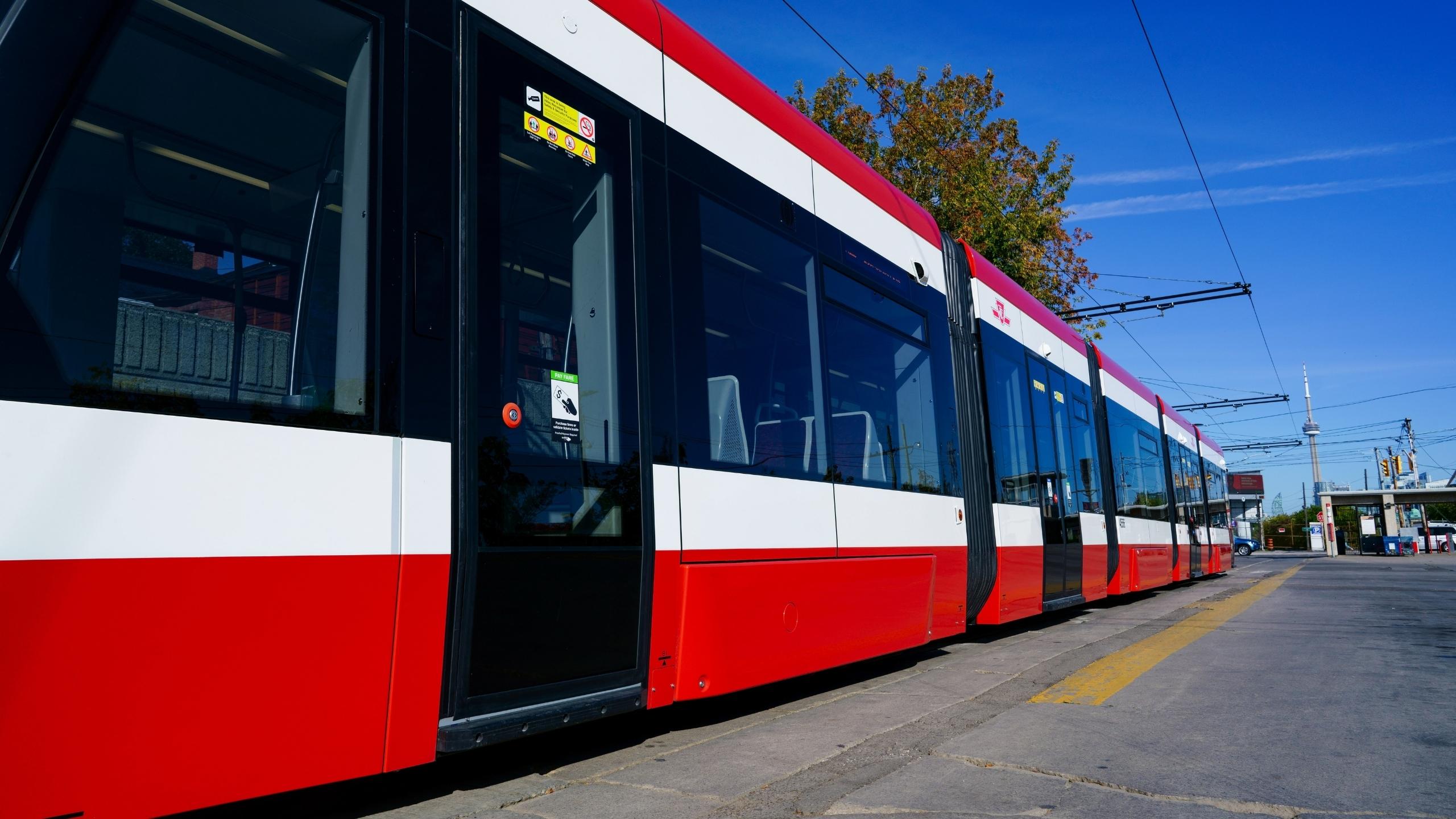By Annika Forman
While fewer people have been taking public transit during the COVID-19 pandemic after losing employment or transitioning to remote work, over 2 million Canadians have continued to rely on transit to make essential trips to get to their jobs, the grocery store or to access health care.
Lower transit ridership during COVID-19 has caused massive budget shortfalls for the Toronto Transit Commission (TTC) and the City of Toronto, because the TTC relies primarily on riders’ fares to sustain its operating budget. However, cutting back on service and increasing fares is not an option that should be pursued; this would only drive more riders away from the system and create a downward spiral.
To win transit users back, city councillors should introduce changes that place equity at the forefront. This fall is the perfect opportunity to do so, as the TTC Board is creating a Five-Year Fare Plan. The plan will be reviewing changes and coming up with improvements to the way customers pay their fare including fare options that are financially accessible. Expanding transit affordability and access for post-secondary students should be a focus of the fare policy review. Other major cities like Washington, D.C. and Paris, France have introduced lower fares to win back riders coming out of the pandemic.
Right now, only full-time post-secondary students are eligible for a discount on monthly passes, while part-time university students and some certificate program college students are excluded from any discounts.
The TTC is also considering a “fare-by-zone,” policy where riders would only have to pay a single fare to travel between different municipalities. Under this policy, if students wanted to travel from Etobicoke to Mississauga, they wouldn’t have to pay an extra fare to use Mississauga’s transit system.
In addition, the GO to TTC Presto discount was removed pre-pandemic. Where you could once pay $1.50 to ride the TTC after travelling on the GO system, you now have to pay the full $3.25 adult fare. Meanwhile, there is only one location in Toronto to get your student transit ID: Bathurst Station, which is not accessible for people living far away nor is it physically accessible for people with mobility devices.
The TTC adopted a framework for a U-Pass for $70 per month, which an RSU campaign pushed for in 2018, but each campus needed to hold individual referendums to approve the program on their campuses. The U-Pass would have seen 10 per cent in savings for the average student budget and would have been a compulsory fee included in their post-secondary ancillary fees. University of Toronto students on the St. George campus rejected the U-Pass in 2018. Ryerson University students voted to approve a U-Pass, but when the province introduced the Ford government’s Student Choice Initiative, it was not clear if or how it would proceed as previously reported by The Eyeopener.
To make a new discounted student pass possible, transit operating funding from the provincial and federal governments is needed to lower fares for everyone—especially students.
Greater operating funding is also needed to improve transit service. The TTC’s operating budget for 2021 is $2.15 billion, with one key purpose of restoring bus service to pre-pandemic levels. Individual pre-pandemic fares previously covered the majority of the TTC’s operating budget, and students in particular end up bearing the burden of increased fares. Students don’t have conventional morning and evening commuting patterns, so they need reliable, frequent service at all times of the day.
The 2019 StudentMoveTO study showed that students use public transit to get to and from school for 36 per cent of their trips, while 18 per cent of trips are to and from work.
Imagine how a commuter student travelling from the Malvern neighbourhood to Ryerson University is impacted by infrequent buses. If they begin their journey at Brian and Van Horne Avenue in Malvern, they might take the 169A Huntingwood bus, which comes every 30 minutes. From there they might take the 85 Sheppard East bus to Sheppard-Yonge Station and then the subway to Dundas Station. The total trip time would be approximately an hour and six minutes, but much longer if the student missed just one connecting bus.
There is reason to be optimistic about some of the fare policy changes being considered by the TTC, such as fare capping, where riders wouldn’t need to pay the prohibitively expensive up-front cost of a monthly pass. Rather, if a specific fee was hit within a week or month, for example, any fare after that amount would be free, and fare integration with other transit systems. But other policies being considered would have a negative impact on equity, such as distance-based fares within Toronto, which would base the price of a fare on the distance the commuters travel.
An August 2021 report by Social Planning Toronto, which has provided critical social research and reporting for over 60 years, showed that introducing distance-based fares within the City of Toronto would deepen racial inequality because it would negatively impact inner suburban residents who have longer distances to travel and who are disproportionately racialized and immigrant residents. The TTC board will debate fare options on Nov. 17. Students can have a voice in the TTC’s Five-Year Fare Plan by contacting their city councillor and demanding the new fare policy consider their needs or joining a campaign through TTCriders, a grassroots transit rider advocacy organization.
Annika Forman is a second-year student in the Master’s of Journalism program at Ryerson University.











Leave a Reply